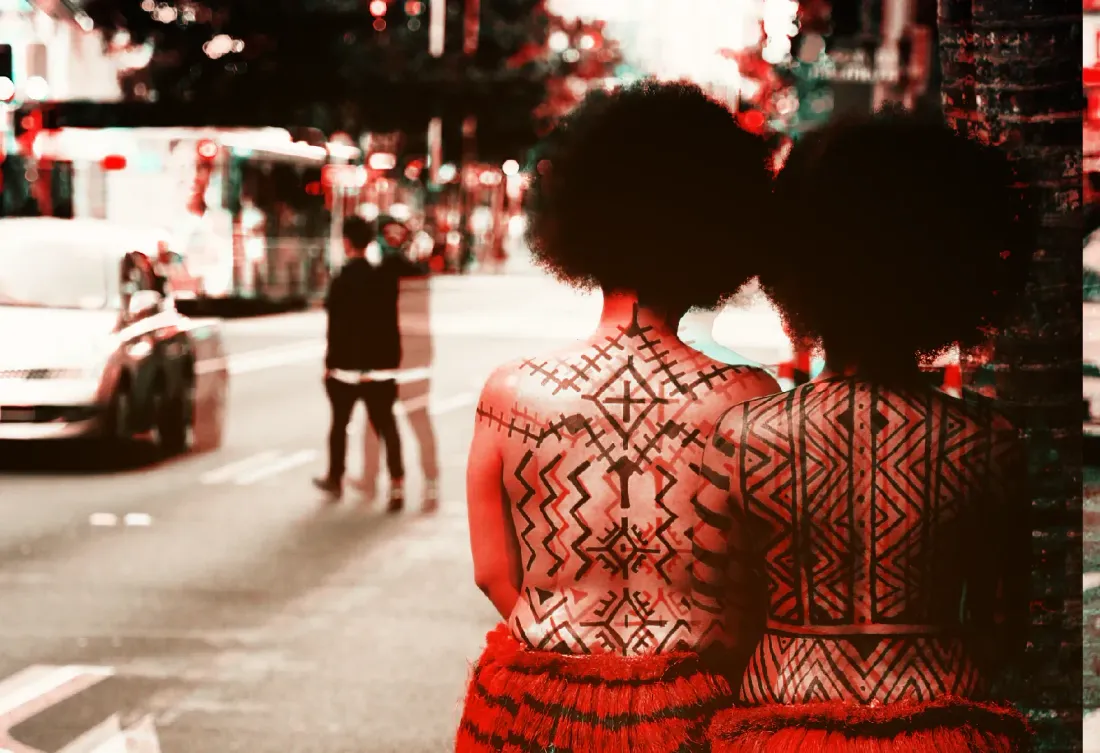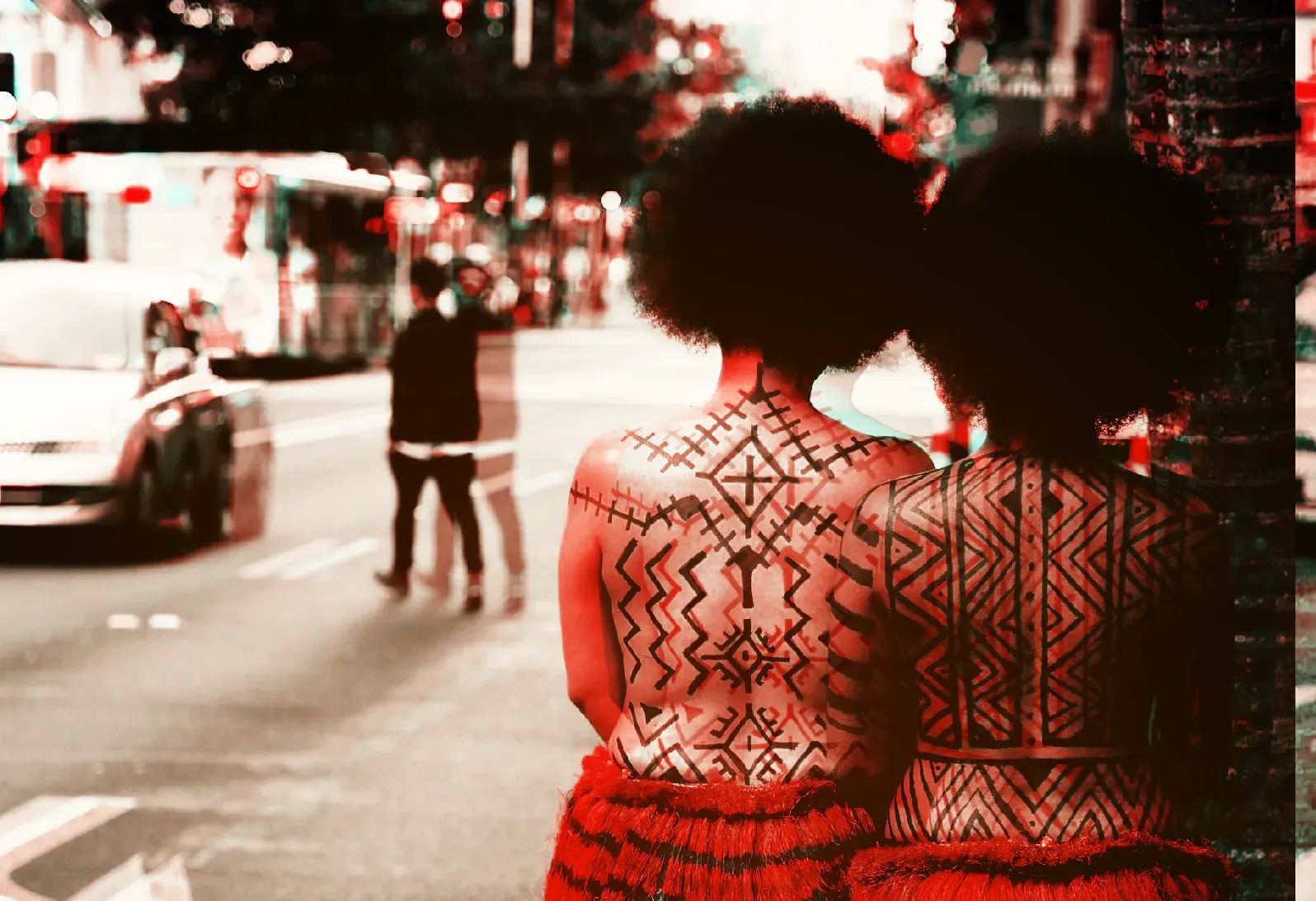Heating up the dance floor
Written by


The dance traditions of south pacific nations reflect an enormous diversity and according to Sefa Enari, artistic director of the new Pacific Dance Festival, this deserves to be celebrated beyond the usual cultural displays.
“Pasifika dance is more than just the traditional showcases in Polyfest and Pasifika festivals. We have contemporary expressions of Pasifika dance and these need to be seen and celebrated as modern works.”
The decision to have a uniquely contemporary Pacific Dance Festival began almost two years ago. Enari, founder and director of Pacific Dance New Zealand, and his colleagues realised that after having organised the Pacific Dance Choreographic Labs for seven years there was a need to create a wider platform to share the works with a growing audience.
“The lab has always been exclusively for choreographers because without them we've got all these dancers running around and no work for them,” says Enari. “With the festival we’re taking our services to the next level by becoming a producer of Pasifika dance and bringing together eight developed works that will span a whole week.”
The language of dance, not bound by words and dramatic context, yet still replete with rich narratives. Pasifika has had a distinct evolution in New Zealand and for contemporary Pasifika artists there is a strong emphasis on developing new languages to reflect the multiple layers in the work.
“These are still Pasifika works but if you're a Pacific Islander you may question that. This is contemporary Pasifika dance and lots of the choreographers are now starting to use western methodologies and in turn generating new vocabularies. It’s important because it expands their skill set and makes them ready to work both at home and overseas.”
The festival also reflects a clear commitment to the community and the importance of continuing to develop a conversation that brings dance away from the periphery and into the centre.
“For most of the choreographers their number one audience would be their own peers. The aim is to broaden the experience of art and dance so that it isn't something ‘over there’ but speaks to both the stage and the state of the nation.”
It wasn’t an easy two years but with the collaborative support of sponsors, organisers and the community they flown past. Timing, programming, engaging with the community, especially for the children and youth matinees, have all been exciting and challenging elements of curating a new festival.
“We had to be really confident to make this festival a reality. We worked hard to time it, we didn't want to be lost in Pasifika and Polyfest; and we also wanted to have it hooked in with Samoan language week, which finishes as we start our show.
"Most importantly we wanted to bring a bit of heat to the dance floor, so the middle of winter is perfect.”
Enari believes New Zealand is ready to explore Pasifika dance in ways not previously explored. Gone are the days when you make a work once and once only and it lives on the shelf, he says.
“We are part of a much larger circuit, we have wonderful people like Jahra Wasasala and Julia Mage'au Gray. We often think of Pasifika as just revolving round Polynesia but we forget we have 8 million Papua New Guineas in our backyard – that’s also changing the way we make our work.”
That’s not all. Audiences will not only get to see a range of works from different Pasifika artists but also experience an exhibition of stunning costumes curated by Rosanna Raymond.
“We will have so many young people coming through during the week and we’re really excited that our audiences will get a chance to see the difference say between, Melanesian, Cook Island and Samoan regalia,” says Enari.
“For example, Leki (Bourke) has a full Niuean costume and I do believe that through each of these different outfits we’re offering people a glimpse into who we are as Aucklanders and the largest Polynesian city.”
The Pacific Dance Festival is a portal to the world of pacific dance and may just be the start of a brand new way of engaging, developing and expanding our fono (conversation) on Pasifika dance.
About Iosefa Enari
Iosefa (Sefa) Enari is a New Zealand born Samoan who graduated from UNITEC Dance Dept in Contemporary Dance and holds a Master’s degree in Dance Studies from the University of Auckland. He is the former convenor of the Pacific Music & Dance programme at the University of Auckland (Centre of Pacific Studies), has also held posts at Te Wananga o Aotearoa as the curriculum leader (Polynesian dance studies) as well as BEST Training where he developed the Pacific Institute of Performing Arts (PIPA) Diploma programme.
Sefa is the founder and current director of Pacific Dance New Zealand (PDNZ), the national dance organisation for the development of the Pacific dance sector of New Zealand. Some of the national events under his directorship are the Pacific Dance Artist In Residence, Pacific Dance Choreographic lab, symposiums, education and community programmes.
In 2010 Sefa also founded children’s dance classes (Pacific Kids Dance) in the Auckland inner city for local young people.
Sefa has created dance works for the WW1 100 year Commemoration 2014 (Auckland Museum) and Steinlager National Rugby Awards Ceremony (Opening performance 2014). He has worked in collaboration with artists John Ioane (Wellington Art Gallery 2012), NZ Arts Laureates Lisa Reihana (Pursuit of Venus 2013) and Shigeyuki Kihara (The Skull 2016), French choreographer Regine Chopinet (Pacific Melting Pot, 2012-2014), Atenisi Foundation (Tonga 2015) and Okareka Dance Co. (K Rd Strip 2015). Sefa has performed in USA, Europe, Japan and throughout the Pacific. Sefa is currently working on a dance research project.
-
Pacific Dance Festival, Mangere Arts Centre, June 13-18